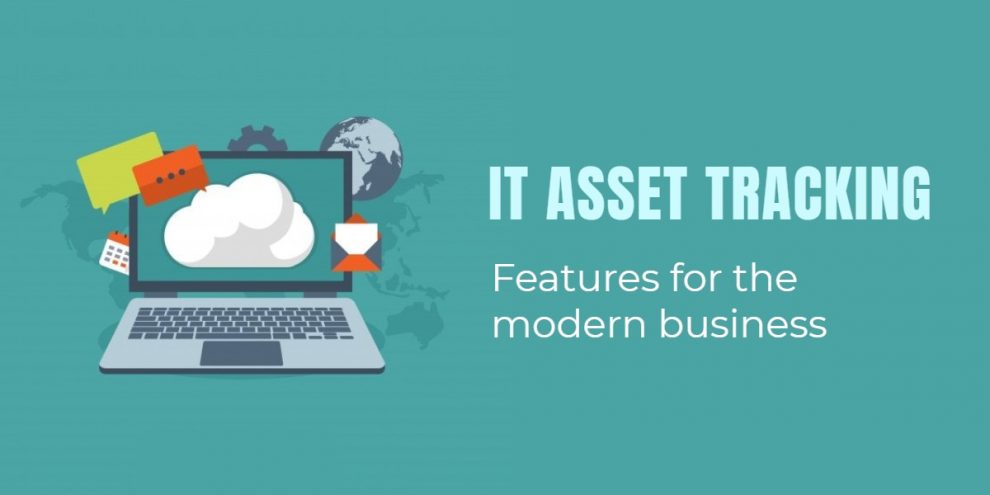Asset tracking is a vital process for fleet managers to oversee vehicle scheduling and dispatch. Managing a pool of vehicles has its complications, due to both internal and external factors. Fleet managers often have to deal with the availability of drivers, routing assignments, and maintenance of vehicles. Aside from these, they also have to face government policies, taxes, interstate laws, and market uncertainties.
Companies nowadays can take advantage of the available technology in the market to assist them in their daily business operations. One of which is the asset tracking solution, which enables companies to manage and operate a fleet of vehicles appropriately. However, not all tracking solutions are the same that can accordingly answer the needs of all fleet businesses.
Thus, companies should determine the features they need to be able to choose the right solution for their fleet business. Below are five of the basic features of great asset tracking solutions.
1.Real-Time Tracking
One of the basic features of a proper tracking solution is the capability to track in real-time the location of multiple vehicles simultaneously. This feature gives business owners the power to control their assets even when in transit. Doing so allows companies to carefully determine which vehicles can be dispatched in certain areas, thus saving on costs and time.
Efficiency in dispatch schedules reduces fuel costs, which is one of the highest operating expenses in the fleet business. Business owners can manage fuel expenses if they can track in real-time the routes of their vehicles.
Moreover, drivers tend to be more obedient to driving guidelines and routes when they know that they are closely being monitored. It results in higher rates of fleet productivity in terms of quantity and timeliness. Customers become satisfied; thus, generating more revenues for the company.
2.Mileage and Engine Hours Tracking
Fleet managers who can monitor the actual driving mileage, departure, and arrival of all their drivers have a better advantage. Instead of merely relying on logbooks, data and information can be automatically calculated and generated by the asset tracking solutions. Company owners can have more accurate information, which will serve as the basis for future fleet planning and policy-making.
One feature companies should also look for in a tracking solution is speed monitoring capability. The system should be able to automatically send alerts to the fleet manager when the drivers exceed the speed limit. Fleet companies also save on expenses if they get notified when drivers use the vehicles beyond working hours in unauthorized locations. This system feature helps companies avoid unwanted fuel consumption and the occurrence of accidents. These result in lower operating costs for the company and safety to its employees.
3.Inventory Reports
Asset tracking solutions should be able to help companies generate inventory reports. There are times when fleet managers get overwhelmed with the volume of data available. The asset tracker can consolidate and generate required inventory reports and convert data into useful information. Some of the information needed by fleet managers to make strategic decisions in fleet management are as follows:
- Fuel Consumption Report
An appropriate fuel management module brings fuel efficiency to a company over time. The right asset tracker can give decision-makers the following real-time fuel information:
- Consumption of vehicles per fuel type
- Recorded costs by fuel type
- Average vehicular mileage by fuel type
- Total, average, current fuel consumption in a given period
- Fuel theft alert
- Maintenance Logs
Knowing in advance when the next preventive maintenance is scheduled for minimizes vehicle breakdowns while in transit. Performing maintenance on time, as expected, keeps the vehicles in proper operating conditions and prevents unforeseen repairs. It increases vehicle efficiency, thus minimizing costs, satisfying customers, and keeping drivers safe.
- Consolidated Vehicle Information
Generating needed information about drivers and vehicles with just one click of the mouse makes the lives of fleet managers easier. Some of the vehicle and driver information fleet owners will be needing which asset trackers can provide are the following:
- Vehicle costs and warranty
- Purchase and lease expiration of vehicles
- Vehicle repair history and estimates
- Vehicle manufacturer, type, and model
- Fuel type per vehicle
- Vehicular mileage history
- Driver license status
- Driver training records
- Fleet operational costs
The right asset tracking solutions enable business owners to generate and analyze financial information. This information can let them introduce income-generating and cost-saving policies into the company. Some of these data are listed below:
– Total fleet operating costs
– Fleet costs per kilometer/mile
– Fleet kilometers/miles per vehicle
– Fleet operating costs within a specified period (monthly, quarterly, semi-annually)
– Fleet expenditure types
4.Location Reports (Geofence)
Every fleet manager is interested to know the status and exact location of every vehicle on the road. The asset tracker makes this possible to ensure the timely delivery of goods and services to customers. With geofencing, fleet companies can track every single vehicle, whether it is on the road or in the garage. Geofencing alerts managers when a vehicular asset is close to its destination or when it is somewhere else where it shouldn’t be. It also helps fleet companies avoid vehicular theft.
With the geofence feature, companies can define the allowed and disallowed geographic locations for their employees. The commonly identified zones used by fleet companies are the workplace, customers, airports, tolls, gas stations, restaurants, provinces, and states.
5.Alerts for Preventive Maintenance
Maintaining fleet vehicles in proper working conditions is not an easy task. The asset tracking can help fleet managers make this job a lot easier by giving information about the “health” of any vehicle.
It also shows the vehicle’s inspection reports, mileage and repair history, and specific thresholds. It allows fleet managers to determine whether a particular vehicular asset is fit for dispatch or already needs inspection and repair.
This asset tracking solution feature saves a lot of money for fleet companies. It also ensures the timely delivery of products to customers and keeping their drivers safe from any possible accident.
Before getting any asset tracking solution, make sure that its features answer the needs and demands of your company. Its benefits are incomparable to the amount a company has to pay for getting the services of asset trackers. With all the challenges and difficulties fleet management faces nowadays, it is a sure and worthy investment for any company. For additional information, you can get more details at samsara.com






